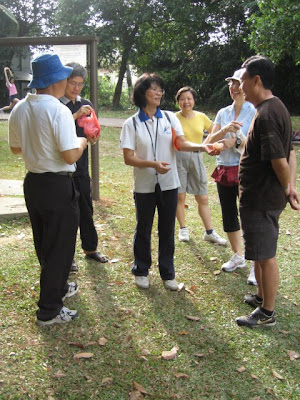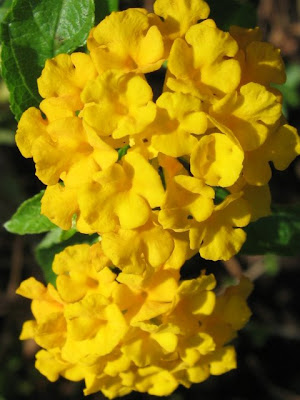looks like this year's exercise programme for the balestier group is going to be more structured and frequent. at the lunar new year's gathering at jennifer's place, a decision was made to hold the monthly walk on the first saturday of every month. at the end of our first walk for 2009 at macritchie reservoir park today, someone suggested that we made this (walking session) a weekly affair.
with the new car-park in operation, macritchie is now teeming with joggers, walkers, canoeists and other active people. even with the increased number of parking lots, there is still the problem of finding a space if you arrive late, meaning after 8.00 a.m. at westlake avenue housing estate, all available space was also taken up.
made two discoveries today; both advantageous ones. first, if you are driving, you can exit the reservoir road near the former entrance. no more waiting for a break in the seemingly endless stream of vehicles coming down lornie road. second, if you are coming from thomson road or upper thomson road, there is no need to travel all the way to the former point (along lornie road) to make a u-turn; there is a turning into the entrance, below the flyover, just after thomson road.
a good introduction to macritchie walking trails is the prunus-petai trail. at our chat-and-stroll pace we managed to cover it in just under one hour. just the prunus trail itself is too short; when you are just starting to enjoy the walk, it is over. so, it is better to combine the prunus and the petai trails for a good enough work-out.
as we emerged from the trail, we bumped into mr chan chee seng, a former member of parliament (for jalan besar) and a former senior parliamentary secretary in the ministry of social affairs. he is a regular figure at macritchie park. at 80, he is still the president of the joggers association of singapore.
after cleaning up, we car-pooled in two cars to get to the whampoa food centre for our post-walk makan session.
sorry, forget to mention that we had a new member in our group today. she is chan chung hoi.























































